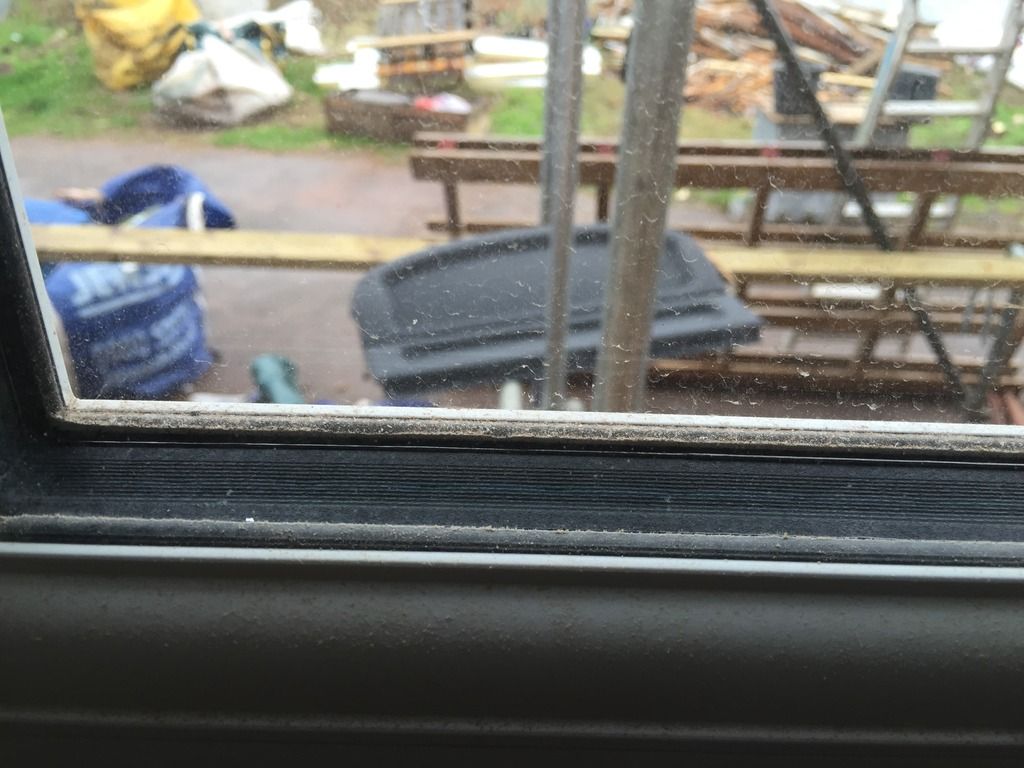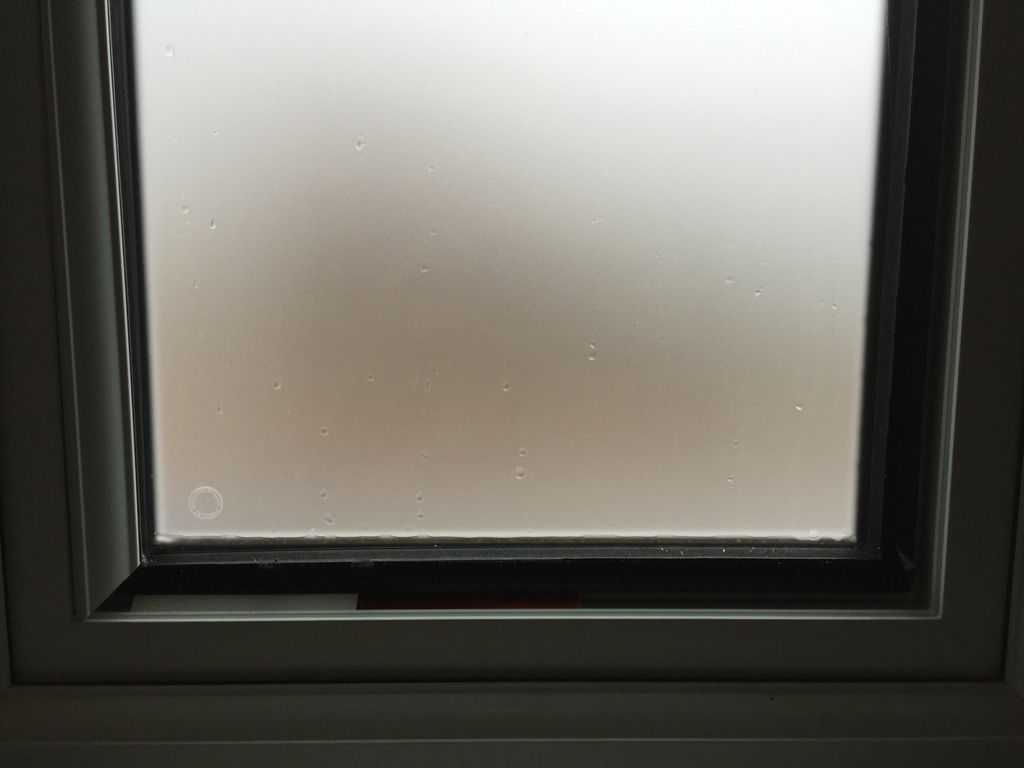The spacer bar is meant to be below the rubber and this coverage gives the unit seal some protection from the sun, to raise the spacer would entail packing the unit higher up, it would solve your immediate issue in that you wouldn't see the algae but MAY compromise the units lifespan, also aesthetically the unit wouldn't be central in the frame, to a trained eye it would jump out, to yours perhaps not so much, if you can live the above then its a case of popping the beads off and slipping in another 5mm packer in on top of the one the glass should already be sitting on, that's a simple diy job or you could get the installer to pop back and adjust the units for you
All this is assuming you only have the algae along the bottom where the water sits, Gazman might be able to advise further as her installs linear amongst others, maybe he's seen this before........or maybe hasn't?
Its not a problem that I have ever noticed or that any of my customers have brought to my attention.
I have 3 makes of windows/doors in my house (AGS 25 years old, Eurocell 8 years old and Coastal 15 years old) They all have there little niggles in these areas (wonky spacer bars) and some dirt but I do admit the dirt is not as bad as the OP's.
I will start keeping an eye out when I go back to jobs to see if any of mine suffer with the same issue. I should be going to a dirty old farm house in a week or 2 to do an extra door. I will take a look at some of the older windows then.




